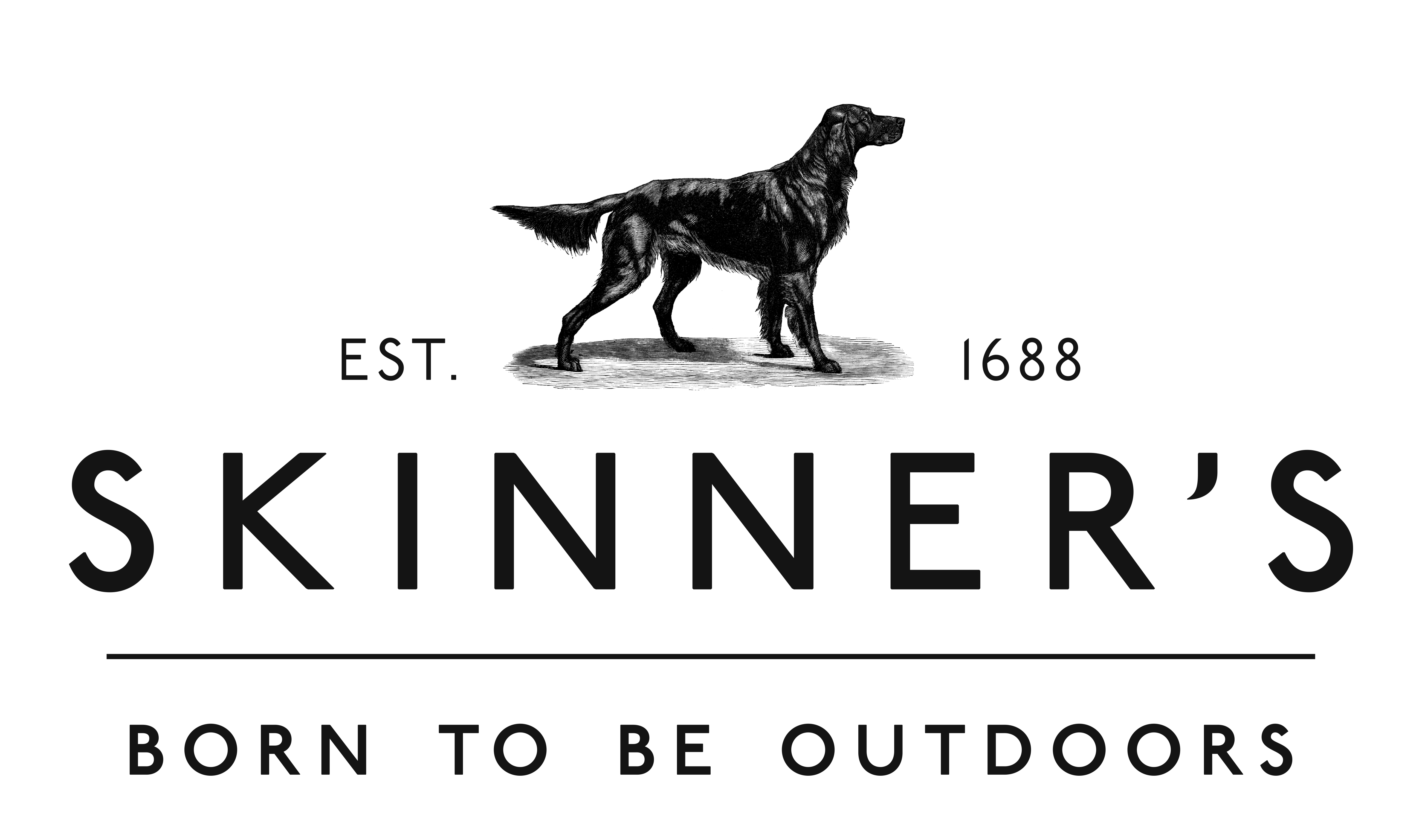Guidance on the procedure for judging the hunting ability of a Spaniel
Article by Malcolm Taylor on behalf of the Kennel Club.
There is a concern, which has been raised by many experienced Spaniel handlers and judges, that the current approach to judging the hunting ability of a Spaniel is often not being adapted to the conditions on the day and does not appropriately reflect the natural instincts of the dogs. Owing to this judging style, trials are now being won by dogs that have been trained to virtually ignore the wind and hunt in an almost robotic face wind pattern, being rigidly and purposely kept within only a few feet of the handler. This technique makes the dog double and treble hunt its ground as it has so little ground to work within. Loose game is often moved or flushed quite close simply by the existence and pressure from the trial line; however, handlers are expecting to be credited with a find for such a flush.
The procedure for judging, as expected by the Regulations, requires that during a trial Spaniels will, at all-times, cover sufficient ground with correct use of the wind in order to find game on its beat. There are two aspects to this:-
- The dog, within reason, should cover an adequate amount of ground within its two guns. How much is adequate? Depending on terrain it would be reasonable to expect a dog to cover a 10 to 15 yard beat on either side of the handler, comfortably allowing any game flushed to be well within shotgun range. A dog should be expected to work with minimum handler assistance (Regulation J(C).7 refers) with the handler remaining more or less central between the guns and the dog quartering and making good the ground on either side. Dogs are increasingly being over assisted in this and led from one side of their beat to the other with handlers doing almost as much quartering as their dog.
- The dog should also work a wind in such a manner that any game can be brought within scenting range (Regulation J(C).7 refers). A dog cannot scent game when hunting from an incorrect wind direction, therefore, when working a back (following) wind a dog must pull out from its handler and systematically work the ground back towards the handler. Pulling out fifteen to twenty yards or so downwind of the handler would be an acceptable distance. During this procedure the handler should stand still, allowing the dog to work all the ground back to the handler. This also has the benefit of trapping game between handler and dog, preventing game slipping away which can happen in any type of cover. Guns that are not experienced at shooting over Spaniels will often push on in these circumstances, therefore, Judges should at all times be aware of wind direction and if necessary request guns to stand still and allow the dog to work the ground correctly. Side and quartering winds pose a slightly different problem as dogs will appear to hunt at an angle to the handler. This again is the dog using the wind correctly but is often incorrectly judged as the dog having a ragged or uneven pattern.
Malcolm Taylor
Please follow the link to read the complete KC Ltd Field Trial News Letter - Summer 2014




